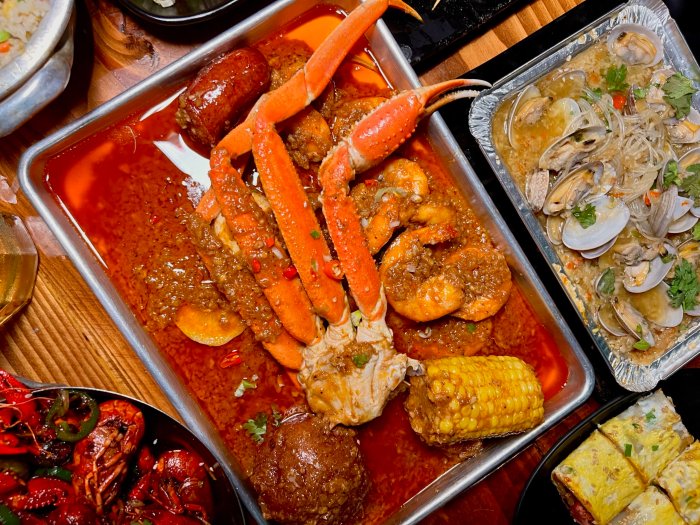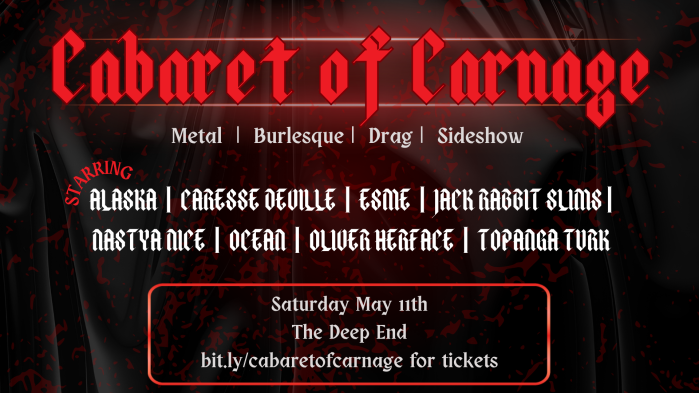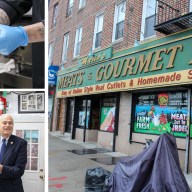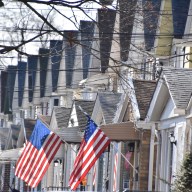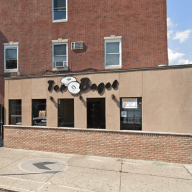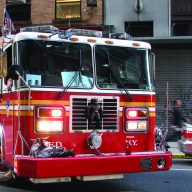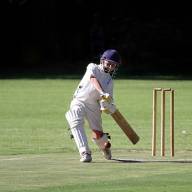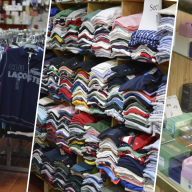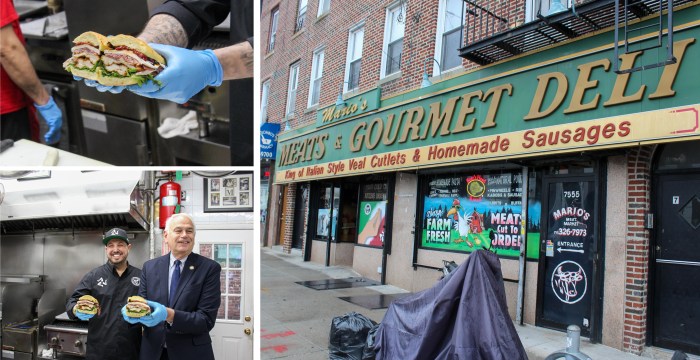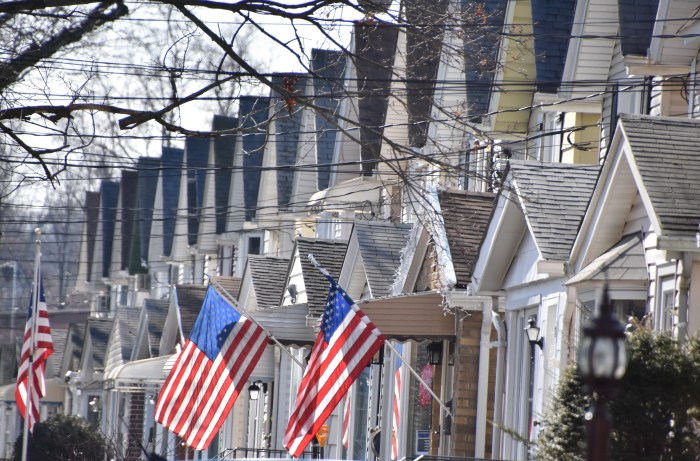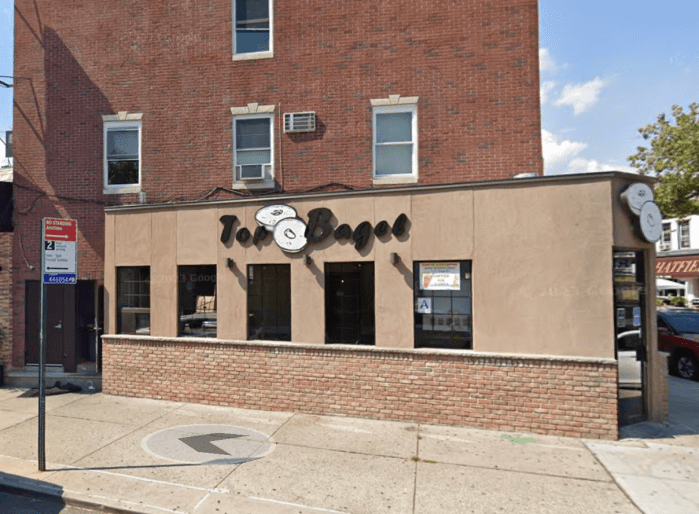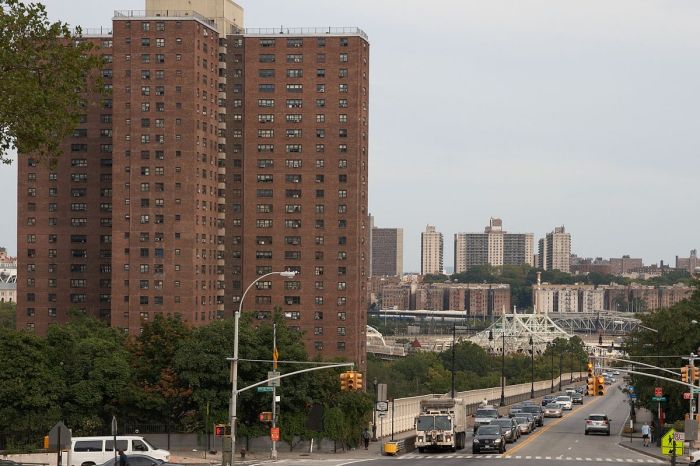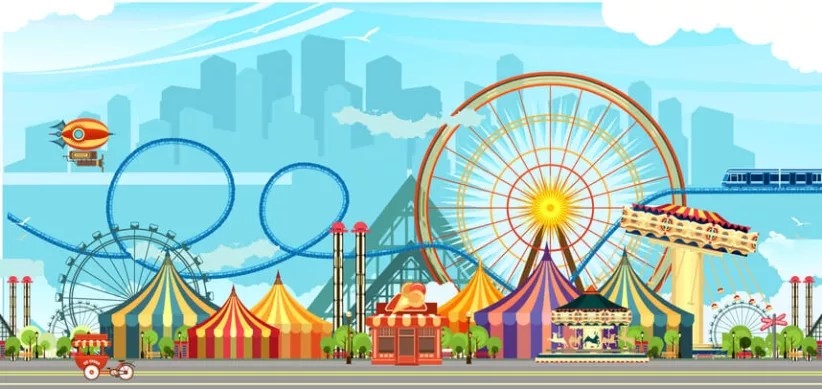By Betsy Scheinbart
Jamaica has become much more diverse in the last decade as thousands of immigrants from the Caribbean, Latin American and Asian have moved to the area and reduced the number of blacks to less than half the residents, the 2000 Census showed.
“There is an immigrant influx all over Board 12,” said Yvonne Reddick, the district manager of the community board covering Jamaica, South Jamaica, Hollis, St. Albans and the northern half of Springfield Gardens.
The 2000 Census found the total population of Queens to be just over 2.2 million with a growth rate much higher than any other borough due in part to Asian and Hispanic immigrants.
“There is a microcosm of the world right here in Queens,” said Jean Phelps, president of the Jamaica Branch of the National Association for the Advancement of Colored People.
In Jamaica, where the population was counted at 75,749 in 2000, more than one in four residents identified themselves as Hispanic.
More than 4,000 Hispanics moved to Jamaica from 1990 to 2000, increasing their presence from 25.5 percent to 28.5 percent of the area’s population over the 10-year span.
The Hispano Express Agency recently opened on 164th Street in Jamaica to serve the business needs of Spanish-speaking people and others in Jamaica.
Angelica Garcia works at the agency, which offers money orders, phone cards, a Xerox machine and other services. Garcia lives in Corona, where she says “everyone is Spanish,” but she has noticed an increase in Hispanic residents in Jamaica.
More than a thousand immigrants from Central and South America have contributed to the increase in Hispanic people in Jamaica, according to a 1999 housing survey conducted by the Census bureau.
The number of Jamaica residents born in the Caribbean more than doubled from 1990 to 1999, increasing the percentage of Caribbean-American resident to one in five from one in 10 in 1990.
Caribbean-Americans are the largest foreign-born population in Jamaica and their numbers are evident in the numerous Caribbean restaurants in the area.
“Jamaica itself is a Caribbean neighborhood,” said Seema Brown, who works at the Trinidad and West Indian Dishes cafe at Jamaica Center’s 165th Street Mall.
Shandai Brown, who runs the store, said she gets customers from “all over, out of state, the Caribbean and Latin America.”
Reggae music blasts from the clothing stores along the street mall where Chris Onfroy works. He is one of the many recent immigrants from the island of Jamaica to Jamaica, Queens.
Onfroy said he left the Caribbean a few months ago because of Jamaica’s struggling economy. He came to Queens because he has family members here.
The number of immigrants from Africa to Jamaica also increased from 1990 to 1999 to 3,175 from 660.
In 1990, blacks made up nearly 60 percent of the population, but in 2000, they account for less than half at 47.7 percent, a decrease of more than 4,000 residents from 36,191 to 32,144.
A group identified as “non-Hispanic other multi” constituted 6 percent of the 2000 population count vs. 4 percent for people described as “non-Hispanic other” and 3.44 percent for non-Hispanic whites.
Also contributing to the growing diversity was the increase of more than 2,000 Asians in the area, making one in 10 Jamaica residents Asian.
Reach reporter Betsy Scheinbart by e-mail at Timesledgr@aol.com or call 229-0300 Ext. 138.





